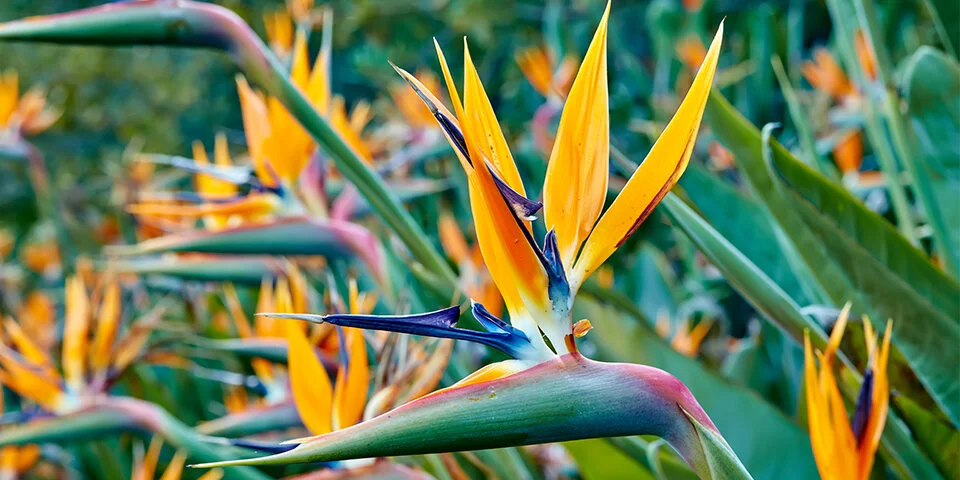In last December's article, I wrote that after an unusually cloudy and cool summer, our standby tomato variety, Celebrity, failed completely and left us relying on the supermarket for fruit from late August to early November. Celebrity is resistant to races 1 and 2 of Fusarium wilt but susceptible to race 3. Hoping to have better success with a tomato variety resistant to all three races of Fusarium, I bought 4 varieties from Holmes Seed, which sells some 10 triple-resistant varieties in small quantities at an attractive price. Would there be at least one that would survive the wilt and share Celebrity’s desirable qualities of flavourful fruit and winter cold tolerance? I started seeds of Camaro, Charger, Amelia, and Mountain Merit on August 17. The first planting was mainly a test of their winter tolerance, and all four varieties did brilliantly. The harvest began in late December and they continued to produce large blemish-free fruit through most of May.
Fusarium is not much of a problem through the winter months and Celebrity plants, which I started around the same time, were similarly productive. All of the plants were heavily attacked by mildew through the winter and, with the return of warmer weather, the mildewed portions of the plants wilted. By May the Celebrity plants had died, as had a couple of the resistant plants. However, the surviving plants of two varieties, Charger, and Mountain Merit, regrew from the still living stems and now, a year after starting from seed, they are producing an abundant harvest.
In the meantime, I had started new seed in January for both Celebrity and the resistant varieties. Having been unimpressed with the taste of the four experimental varieties, I planted seed of another triple-resistant variety called Tasti-Lee. Every source selling seeds for this variety extolled it with claims like, “You’ve seen this breakthrough variety under its brand name in supermarkets everywhere. Now home gardeners can enjoy its fabulous flavor.” Our chilly and overcast spring and early summer delayed the harvest from most of our summer vegetable by four to six weeks. With aggressive hand-pollination I was able to load the new plants with small green fruit, but it was early July before any of them ripened. We were again dependent on the supermarket for a month or so, but for the last eight weeks have been inundated with fruit.
The problem with hand pollinating is that it loads up a plant with maturing fruit and inhibits the appearance of new flowers. In the future I’ll try to pollinate more judiciously, making sure that I have some plants in a condition to form new fruit.
Expecting to lose the January-planted Celebrity after a month or so of harvesting, in late June I started new seeds of Celebrity and of the triple-resistant Mountain Merit. These plants are beginning to set fruit and I hope that they will bear soon enough to avoid the period of autumn dearth that we experienced last year.
So, what is the verdict on the disease-resistant varieties? All have shown excellent winter tolerance and productivity. All have demonstrated superior longevity to Celebrity during the summer months. What about the all-important taste test? So far as Helen and I are concerned, none of them comes close to matching the flavour of Celebrity, but I hasten to add that the blunted olfaction of octogenarians and nonagenarians means that our opinion isn’t worth much. We’ve tried to get a reliable assessment from younger friends and family, but it has proven more difficult than expected. Some, perhaps having experienced only supermarket offerings, proclaimed that all were delicious. Where we did get specific comparisons, our tasters agreed that none was as good as Celebrity. Amongst the disease-resistant varieties there was no winner but a couple of judges gave low marks to Tasti-Lee.
So, I’ll need to continue with regular plantings of Celebrity in order keep us supplied with high-quality fruit for twelve months a year. I’ll need to be careful with the hand-pollination to avoid a feast-or-famine cycle of overproduction like we experienced the last two seasons. Finally, I’ll keep searching for a hybrid that combines triple resistance to Fusarium with quality fruit and the ability to bear through winter in zone 24.
